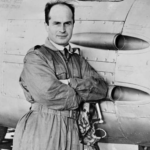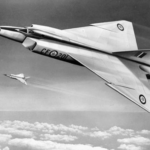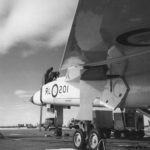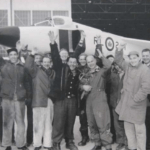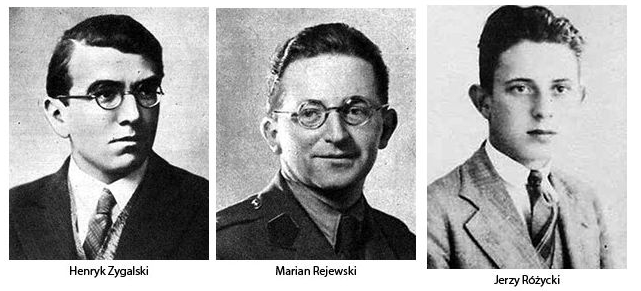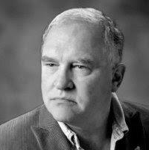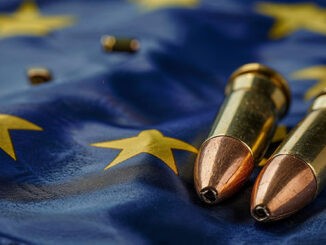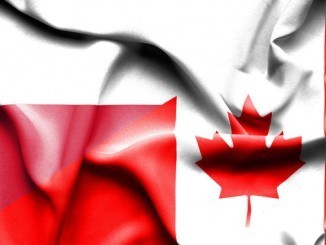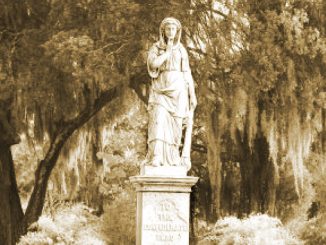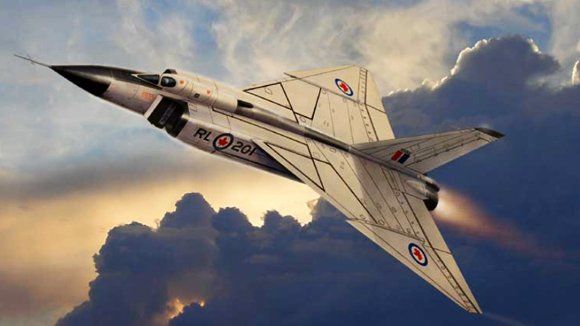
The Poles and Canada
.
Jan Zurakowski
A very rare photograph of the original Avro Arrow CF 105, number 201, hangs on the wall of the community center at St Mary’s Polish Church on Whitney Pier. The Arrow, designed and built in Canada, was the fastest, most sophisticated jet interceptor in the world in the late 1950s and its cancellation was a tragedy for Canada’s aerospace industry. The photograph of the Avro Arrow is signed by Jan Zurakowski, the test pilot who flew this mighty aircraft.
Zurakowski and a second Arrow test pilot, Spud Potocki, were Polish Canadians and veterans of the Second World War. Both flew for the Polish Air Force against the Luftwaffe until Warsaw fell. They and other pilots fled through Romania to France and then to Britain where they joined the Royal Air Force and fought in the Battle of Britain. They were among the “few” made famous in Churchill’s unforgettable speech about the Battle of Britain. Flying alongside the Poles were Canadians, Czechs, New Zealanders, Australians and others. Of all the allied squadrons in the Battle of Britain, it was the experienced Poles who achieved the highest kill ratios. Both Potocki and Zurakowski emerged from the war as decorated pilots. Tragically, Polish pilots returning home after the war found their own country enslaved by the Soviet-controlled tyrannical government in Warsaw, and many were imprisoned or even executed. A large number immigrated to Canada, among them Zurakowski and Potocki who became test pilots for A.V. Roe (Avro) Canada, builder of the famed CF 100 and later the incredible CF 105 Avro Arrow.
The contributions of Jan Zurakowski and Spud Potocki to Canada and the free world, both during and after the war, reminds us of the immense sacrifice made by the Polish people during that titanic struggle. Few understand Poland’s immense contribution to the war effort and the close ties with Canada. It is an incredible story.
..
.
Breaking the Enigma Code
After the fall of Warsaw, Polish intelligence operatives delivered to France and Britain a reversed engineered German “Enigma” cipher machine. Polish mathematicians and crypto-analysts like Marian Rejewski, Jerzy Rozycki and Henryk Zygalski cracked early versions of the Enigma code and had been intercepting and decoding German radio traffic starting in the mid-1930s. This Polish breakthrough aided immensely in the work of code breakers at Bletchley Park in Britain where decoded traffic was classified above “Top Secret” with the designation “Ultra.” The breaking of the Enigma code was critical to the Allied victory.
..
.
Polish Navy
A good many Polish navy and merchant marine vessels escaped just before the fall of Warsaw, including several destroyers, two submarines and 38 merchantmen. These vessels were later augmented by Allied ships assigned to the Polish Navy, bringing the fleet to a strength of 18 fighting vessels which flew under Poland’s colors and were manned by Polish officers and sailors. These vessels played a central role in the Battle of the Atlantic. One vessel, the destroyer Piorun, under command of Commander Eugeniusz Plawski, was the first ship to encounter the stricken German battleship Bismarck. Not waiting for the fleet to arrive, Piorun attacked the massive battlewagon at full speed and was soon bracketed by the battleship’s massive guns. For close to an hour, The Piorun engaged in a gun duel with the most powerful ship in the German Navy. When the Bismarck became lost in fog, Commander Plawski ignored orders and went looking for the monster ship. The image of the small Piorun searching through the fog for a second fight with the mammoth Bismarck, says everything about Plawski, his crew and Poland. During the attack, Commander Plawski ordered his radio operator to signal the Bismarck, “We are Poles.”
.
.
Poles Crucial to Allied/Canada War Efforts
Polish forces provided crucial help to Canada and the Allies throughout the war. Fighting alongside the Canadians, the Poles participated in the evacuation of Narvik, the capture of Tobruk, and the bloody assault against Monte Cassino. The Polish Army came ashore with the Canadians on Juno Beach to close the Falaise Gap, ending the Battle of Normandy. The Polish Armored Division remained part of the First Canadian Army advance into Germany and the Low Countries.
The First Polish Parachute Brigade, under the indefatigable General Stanislaw Sosabowski, was the third largest contingent in the airborne assault on Arnhem, Holland – the largest airborne operation in history, immortalized in the book and subsequent movie “A Bridge Too Far.”
The next time you walk by beautiful St Mary’s Church, drop in and say a prayer for all our servicemen and women, past and present. Then take a moment to view the stunning Avro Arrow photograph signed by Jan Zurakowski and reflect on how Poland and Canada have stood shoulder-to-shoulder…then and now.
.
Capt. Barry Sheehy (CD) (Ret)
.
Originally from Montreal, Canada, Barry Sheehy holds degrees from Loyola (Concordia) and McGill Universities, as well as the Canadian Armed Forces Decoration. Mr. Sheehy’s lifelong passion for history has continued since his early years as an officer in the Canadian Armed forces. After leaving the military, he entered the entrepreneurial world of business consulting where he acquired clients from New York to London and as far away as Dubai and Hong Kong. Barry is the author or contributing author of several books and over fifty published papers and articles. Barry’s ongoing interest in history eventually focused his attention America’s most complete, surviving, antebellum Southern city, Savannah, Georgia. He was particularly interested in the city’s wartime experience. After many years of exhaustive research, Sheehy began the task of final development, aided by an all-volunteer team of skilled professionals in 2005. With rigorous cross checking from both previously published works and newly discovered original materials, Sheehy has written the most extensive historical study of Civil War Savannah ever undertaken, including “Savannah: Immortal City” and “Savannah: Brokers, Bankers, and Bay Lane.” His next book “Montreal, City of Secrets” is due in September 2017,
See Barrysheehy.com
.

